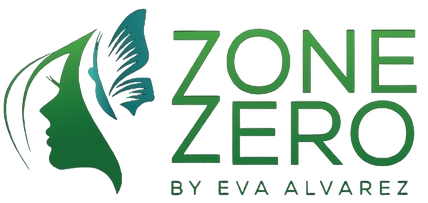
Trauma and ADHD
I often sit with people who are untangling the complexities of ADHD and trauma. On the surface, these two experiences can look very similar—restlessness, distractibility, big emotional waves—but underneath, they have different roots. And yet, they can also be deeply interconnected.
This is not just theory for me. Living with ADHD myself, and walking alongside clients who carry both ADHD and trauma histories, I see every day how these patterns weave together. Understanding the connection between them is not about labeling or pathologizing, but about finding clarity, compassion, and the right kind of support.
Where Trauma and ADHD Overlap
ADHD is often described as a neurodevelopmental difference—it’s about how the brain processes attention, energy, and impulses. Trauma, on the other hand, is the imprint of experiences that overwhelmed our nervous system’s ability to cope.
The tricky part is that the symptoms can look almost identical. Trauma can make someone hypervigilant, jumpy, or easily distracted. ADHD can show up in very similar ways. This is why so many children and adults are misdiagnosed, or worse, misunderstood.
In truth, both conditions affect how the nervous system regulates attention, focus, and emotional balance. Whether the brain is wired for fast-shifting focus (as in ADHD) or trained by trauma to always scan for danger, the result can feel the same: it’s hard to settle, hard to concentrate, hard to feel at ease.
How They Interact
Not everyone with ADHD has a trauma history, and not everyone who’s been through trauma develops ADHD. But when the two do meet, the impact can be heavy.
ADHD traits—like impulsivity, risk-taking, or difficulty reading social cues—can sometimes put a person in situations where trauma is more likely. On the flip side, living through trauma can amplify ADHD traits by pushing the nervous system into chronic stress.
For adults, this might mean struggling to hold onto jobs, relationships, or self-worth. For children, it can look like being “the difficult one” in the classroom. Too often, the deeper story gets missed.
A Whole-Person Approach
This is why, at ZONE ZERO, I don’t believe in a one-size-fits-all path. Trauma-focused therapies—like clinical hypnotherapy, EMDR, ego state therapy and energy healing—can gently help the nervous system release survival patterns. At the same time, ADHD-friendly can build a supportive framework for everyday life.
The magic happens when both are acknowledged. When we stop asking, “Is it ADHD or trauma?” and instead ask, “How do these pieces fit together in you?” That’s when healing can feel more possible.
Finding Strength in the Messiness
What I love most about this work is seeing the flip side of what feels like “too much.” The sensitivity that trauma leaves behind can become intuition and empathy. The quick-thinking ADHD brain can turn into creativity, innovation, and resilience.
Yes, ADHD and trauma bring challenges—but they also bring depth. And when we meet them with compassion instead of judgment, they stop being problems to fix and start being parts of us to understand.
At ZONE ZERO, my goal is to create a space where all of this complexity is welcome. A space where your story is seen as a whole, not broken into disconnected pieces. Because you are not just symptoms or labels. You are resourceful, adaptive, and worthy of support that honors all of who you are.
